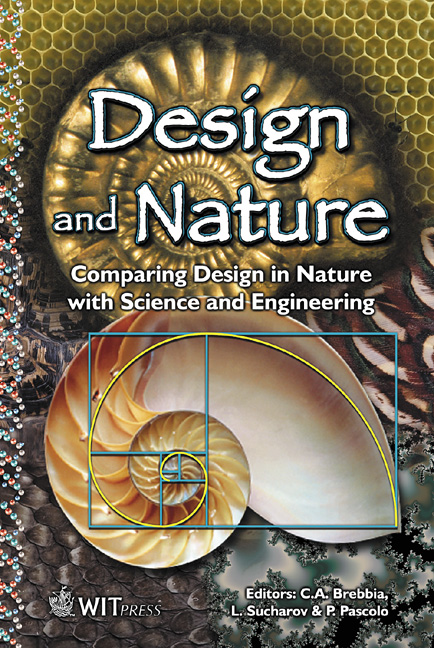Scale Transition In Bone Elasticity: A Continuum Micromechanics Approach
Price
Free (open access)
Transaction
Volume
57
Pages
Published
2002
Size
666 kb
Paper DOI
10.2495/DN020051
Copyright
WIT Press
Author(s)
C. Hellmich & F. –J. Ulm
Abstract
The hierarchical organization of bone has attracted researchers for hundreds of years. Continuously improved experimental techniques have revealed features of astonishing complexity, rendering the mechanical understanding (even of the elastic behavior) of this material class challenging. Here we approach the problem within the framework of continuum micromechanics, where a material phase is defined not by the pure presence of matter components, but by their mechanical activation through strains. For bone, we propose a two step homogenization procedure: Within a representative volume element of 100 -200 nm, hydroxyapatite (HA) crystals build up a crystal foam (polycrystal) where the inter-crystalline space is filled with water and organic matter (homoge-nization step I). Part of the (organic) collagen molecules are linked to the crystal foam, reinforcing the polycrystal in the form of cylindrical inclusions at the ultra- structural scale of mineralized tissues, i.e. 5 to 10 microns (homogenization step 11). Within the same homogenization step, we account for the microporous space (Haversian canals, inter-trabecular space) by means of cylindrical pore inclusions, which, interestingly, are suitable for both trabecular and cortical bone. The proposed micromechanical model allows for fairly precise prediction of ul- trastructural and macroscopic elasticity properties of all different kinds of bone. The model is based on three intrinsic stiffness values for HA, collagen, and non- minerally organic matter, which are tissue-independent. The input of the model are the tissue-specific volume fractions of HA, collagen, and of the micro-porous space.
Keywords





